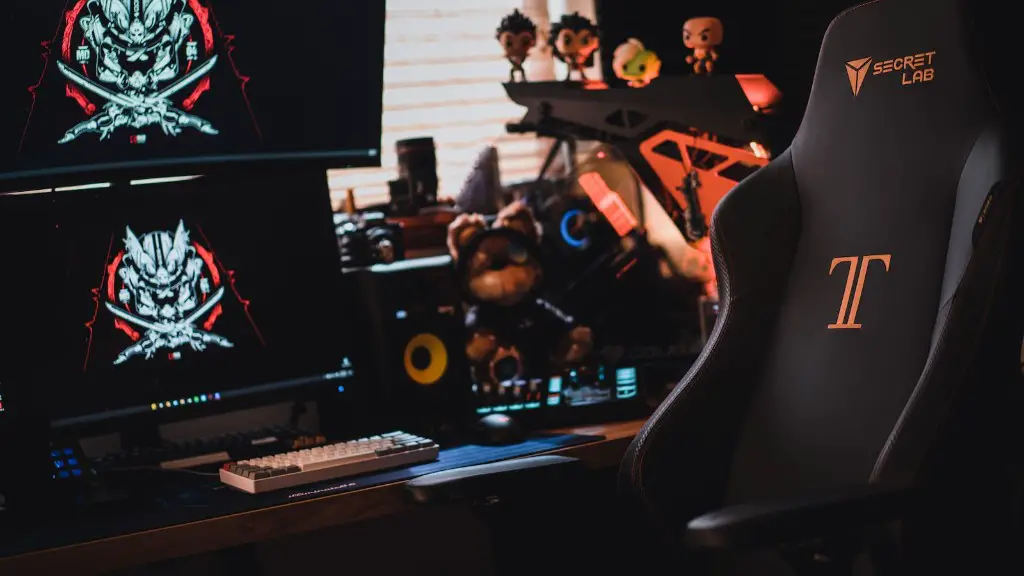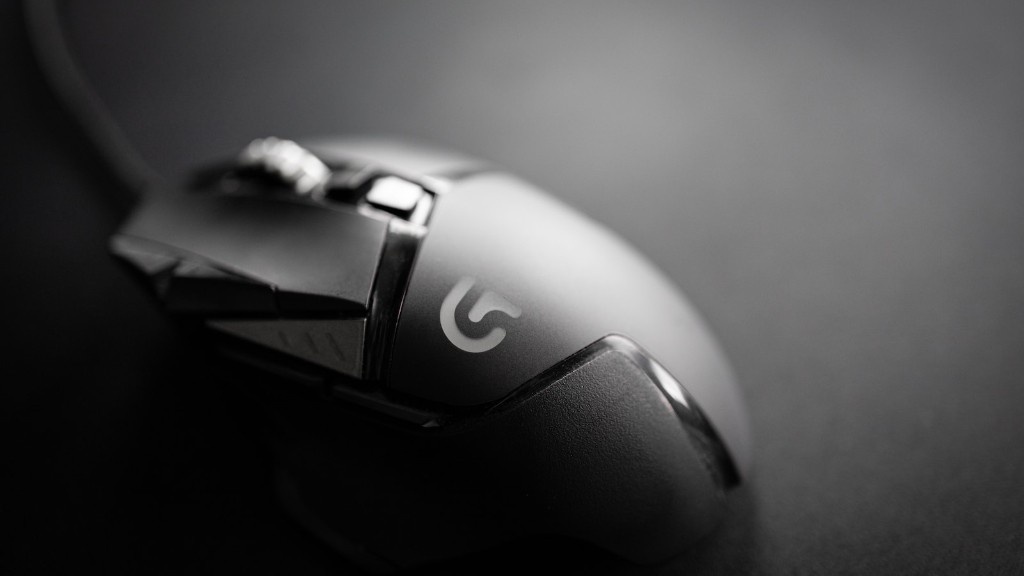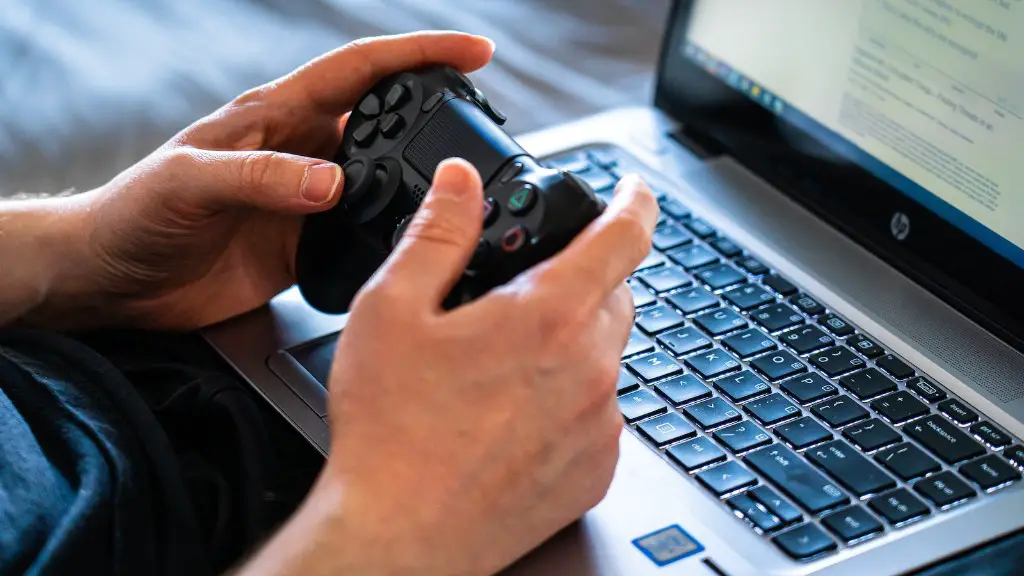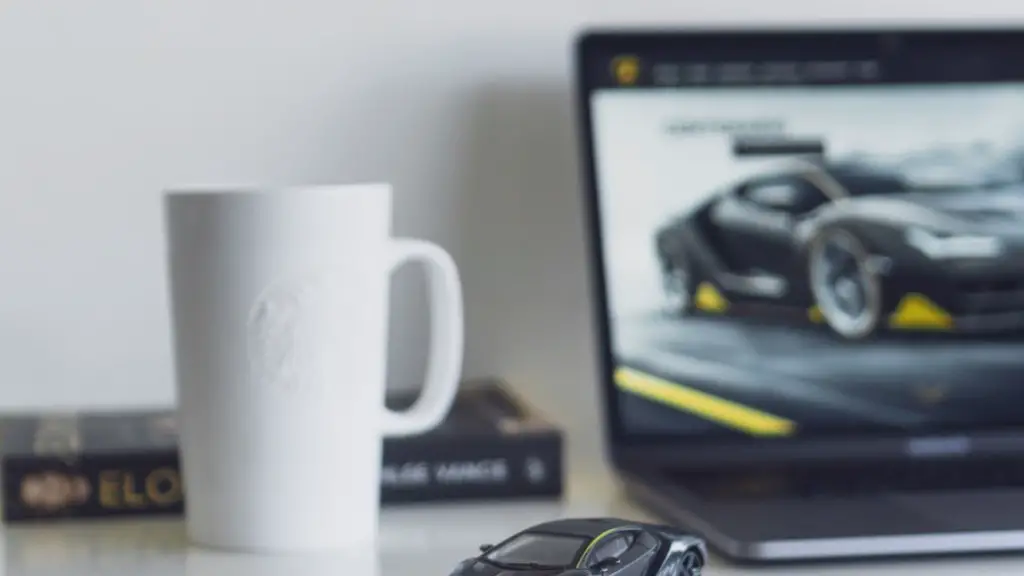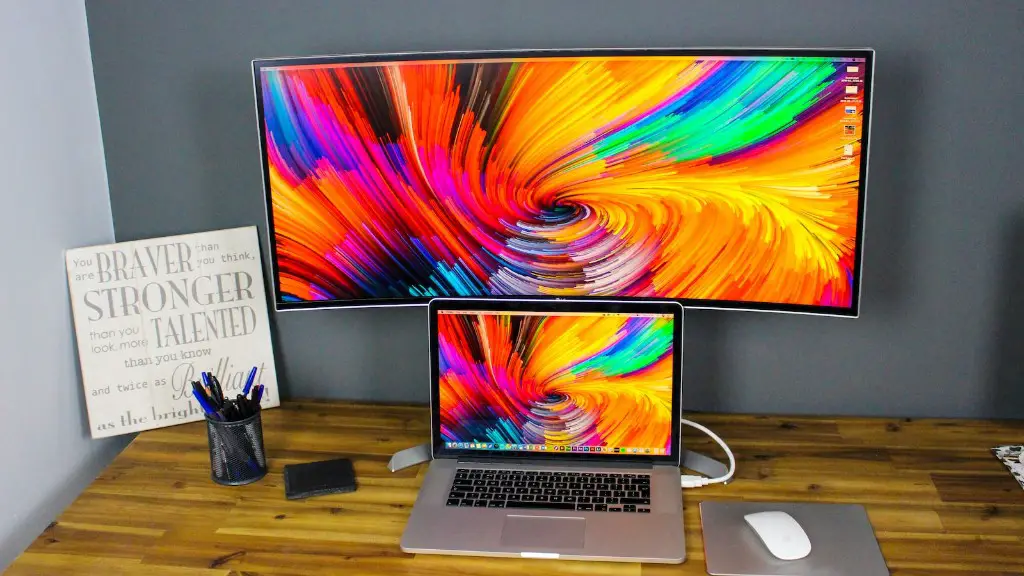Upgrading your PC to a gaming PC has become a more common endeavour. Making the switch from a regular PC to a gaming-dedicated PC is an exciting upgrade, but it involves more than simply purchasing a new rig. In this article we will discuss how you can upgrade your PC to a gaming PC.
First, you need to assess your current PC setup. Analysing your hardware, such as your processor, graphics card, and RAM, can give you a good idea of where you are at. Comparing your current specs to the target gaming specs that you would like to achieve can help you determine the necessary upgrades.
If your components are outdated or have reached the end of their lifespan, then it is time for an upgrade. Newer, dedicated gaming components will give you the performance you need, helping you stay ahead of the competition. Look for components with the latest technologies and with higher clock speeds.
Next, assess your budget. That will determine the type of components you can purchase. Finding a balance between performance and price is key. Look for discounts and deals to help lower the cost of your gaming PC upgrades.
Finally, make sure to install these upgrades correctly. This can be an arduous process, so it is important to research the best practices for installing your new components. Following instruction sheets and tutorials can help prevent system malfunctions and other costly mistakes.
How To Choose The Right Components
Choosing the right components for your gaming PC is essential for the success of your upgrades. The following steps can help you determine the best components for your system:
First, identify the current capabilities of your system. Knowing the details such as your processor’s model number and your graphics card’s clock speed can help you determine what kind of components you will need. Additionally, check the compatibility of all components you intend to buy. The wrong type of component could leave your computer dead in the water.
Next, review the features of the components you want to buy. Look at the specs of each component, and compare them against your target specifications. Find the components that match, or exceed, the target specs. Additionally, assess the quality of your components. The better quality your components, the better and longer-lasting performance you can expect to get.
You also have to consider the price of each component. Every component should fit into your budget, plus have the features you need. High-performance components are more expensive, but purchasing components with fewer features can be just as effective, with the added benefit of being easier on your wallet.
Finally, check the warranty of each component. Warranties can protect you against defective parts and provide access to technical support. If you’re concerned about the risks of faulty parts, then make sure that your potential components come with adequate warranties.
How To Put The Parts Together
Once you are ready to assemble the upgraded components, make sure to take your time and handle the components with care. With a few simple steps, the combination of your new gaming components can be successful:
First, make sure that you have all the necessary tools and supplies. This includes screw drivers, anti-static bands, cables, and a grounding mat. These tools will ensure that you install your parts correctly and safely.
Next, turn off your computer and disconnect all its cords. This will prevent your computer from powering on by accident. Furthermore, take out the battery. Not only is having a battery in place a fire hazard, but it can interfere with the installation process.
Once you have those steps out of the way, install the parts. Begin with the largest component first. Properly mount the component and attach the necessary cables securely. After that component is in place, add the other components in order of size. Make sure to read the instruction manuals to properly install each component.
Then, securely reconnect your PC cords, making sure all the cables are tight. Finally, reinsert the battery and switch the PC on. The first time you turn on your PC after a component upgrade, it is normal to hear some additional fan noise. If the noise is excessive, make sure to check your components and the instruction manual to make sure you installed everything correctly.
How To Troubleshoot Common Issues
In the process of upgrading your PC, it is possible for things to go wrong. Fortunately, there are steps that you can take to troubleshoot and fix common issues. Here are some tips for troubleshooting mistakes:
First, make sure all cables are securely connected. When connecting components, it is easy to misplace a cable or incorrectly plug it into the wrong port. Take a few minutes to check your connections and make sure the cables are connected correctly.
Additionally, if you are getting an error message, be sure to read it carefully and try to determine which component is causing the error. Understanding the source of the error can help you find a quick solution. However, if you cannot find a solution on your own, it is best to consult a professional.
You should also be aware of potential technical issues. Installing the wrong part or using components that are not compatible with your system could cause unforeseen issues. Make sure to double check the compatibility of components and refer to any necessary instruction manuals to ensure proper installation.
Finally, make sure to test your system after making any repairs or upgrades. Some components may need to be adjusted to get the best performance from them. With a little trial and error, you should be able to tweak your components until you get your desired gaming performance.
What To Do Before You Game
Before you start gaming with your upgraded rig, there are a few tasks that need to be done. These tasks are important for the health and performance of your gaming PC:
First and foremost, make sure that your PC is up to date. This means updating the operating system and all relevant drivers. Updating your PC regularly ensures that your system can handle the latest games, as well as protect it from security threats.
Next, be sure to clear out any old files or programs. Uninstalling programs that you no longer use or keeping a minimal number of programs running in the background can help free up memory and disk space, giving your PC more resources for your gaming session.
Furthermore, before you start gaming, it is important to set up a cooling system. This can be as simple as an additional fan or as complex as a custom cooling system. Setting up a cooling system is essential for long gaming sessions, as it can help prevent overheating, a common cause of poor performance.
Finally, consider investing in a top-of-the-line power supply. A good-quality power supply will ensure the all components of your gaming PC gets the power it needs consistently, without any interruption. This way, you can rest assured that even the most intense gaming sessions will run smoothly.
